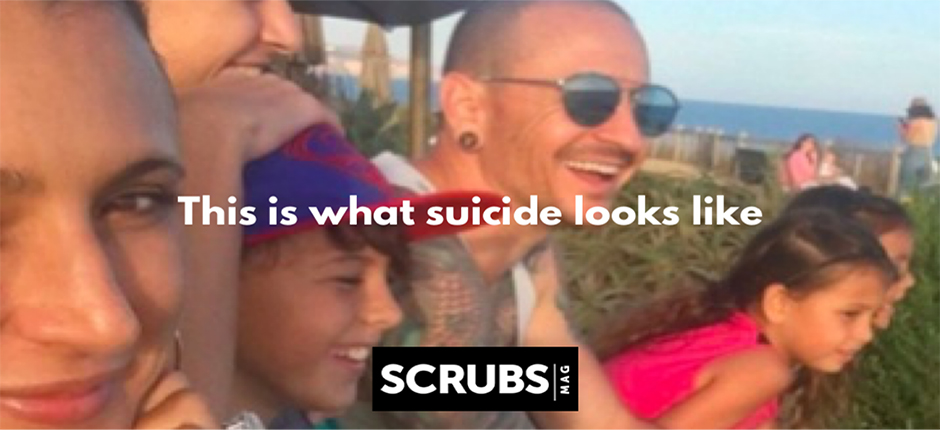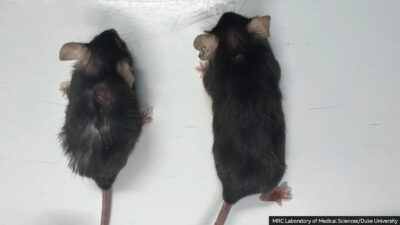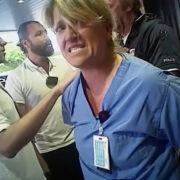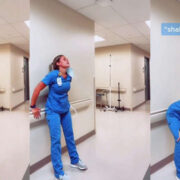Americans aren’t exactly known for their healthy eating habits. Studies show around 46% of U.S. adults have a poor-quality diet, lacking in fish, whole grains, and fresh fruits and vegetables. America’s kids are doing even worse. Around 56% of U.S. children have unhealthy eating habits as well.
But Dr. Michelle Hauser, of Stanford University, is trying to change that by teaching the next medical students how to cook and eat healthy using a new medical school curriculum that’s being taught in over 100 countries.
“Nutrition education represents a critical missed opportunity in medical education in the United States and in many countries around the world,” said Hauser, who is board-certified in internal medicine and lifestyle medicine.
She said it’s all about giving doctors the right tools to educate their patients.
There is a “need to gain knowledge and skills to effectively partner with patients to help change their dietary habits in order to achieve their health goals and improve longevity, wellness and performance.”
Hauser trained with the famous Chez Panisse restaurant in Berkeley, CA, where she learned how to quickly prepare all kinds of nutritious dishes. She said the curriculum is “not meant to replace traditional health care but, rather, to be one of the tools for healthcare professionals to draw on.”
She noted that medical schools rarely focus on preventative issues such as the patient’s diet.
“In the U.S., the recommendation is that 0.6% of the total average hours of instruction in medical school be focused on nutrition-related topics — and most schools still come up short,” she added.
And only 25% of medical schools have a dedicated nutrition course.
“This is despite diet being the single most important risk factor for morbidity and mortality in the U.S.,” she said. It is “associated with 11 million deaths around the world annually.”
Hauser said medical schools need to do more than teach doctors about healthy eating. They need to show them how to inspire patients to change their behavior for the better.
“I’ve found that, as a doctor, simply telling patients to eat healthier as a way to treat or prevent disease isn’t super effective,” she said. “But it’s easy to get people to change eating habits when you’re talking about the deliciousness of something — maybe you’re highlighting a new recipe or restaurant and how good it tastes.”
She has been teaching the course at Stanford University for five years now, but she originally got the idea when she was still in school herself.
“When I was an undergrad pursuing my pre-med studies, I had already been trained as a chef and needed to work full time to put myself through school,” she said. “I ended up running a cooking school.”
Some of the other students started asking her about what kinds of things they should eat to change their health for the better, such as lowering their cholesterol or managing a person’s diabetes.
That encouraged her “to learn more about nutrition and implement it in my cooking classes.”
Hauser said culinary medicine “addresses the aspect of nutrition education with more relevance to the average person making decisions about what to eat on a daily basis.”
She is sure to only prepare meals that she would eat herself, so the students at home know that it’s actually good.
“If it’s terrible, we’re not going to sign up for another healthy cooking class,” some of her students told her.
But word of the class quickly spread throughout the university and Hauser soon found herself with a list of students waiting to get in.
She brought her unique skills with her to medical school but she noticed doctors weren’t incorporating these skills into their conversations with patients.
“I would ask my attendings [doctors who supervise medical students], ‘Why aren’t we talking to people with heart disease about what they’re eating?’ or ‘Why aren’t we talking to people with diabetes about their diet, only prescriptions?’” she said in a press release.
Doctors often told her they didn’t have time to have these kinds of conversations with their patients. Others insisted, “that no one changes their diet anyway, and that it’s better to just focus on medications.”
“It made me think, ‘Well, maybe we’re just approaching the topic of healthy eating with patients the wrong way,” Hauser said. “Most people know that vegetables are good for them,” but most people aren’t getting their daily recommended serving of vegetables.
“Common barriers that stand in the way are cost, lack of knowledge and skills to select and prepare healthful ingredients, time and socialization that foods can be healthy or delicious but not both,” she explained.
Part of the coursework is about teaching patients that healthy eating can be tasty, easy, and inexpensive if they use these ingredients properly.
The program is known as the Teaching Kitchen Research Conference. It’s sponsored by Harvard and the Teaching Kitchen Collaborative and co-funded by the National Institutes of Health.
“It’s one thing to be told, ‘You need to change your diet and you need to exercise more’ — a strategy that we now recognize is not very effective,” said Dr. David Miles Eisenberg, director of culinary nutrition and adjunct associate professor of nutrition at the Harvard T. H. Chan School of Public Health. “It’s an altogether other thing to be brought into a ‘Teaching Kitchen,’ taken by the hand and provided with an education.”
















